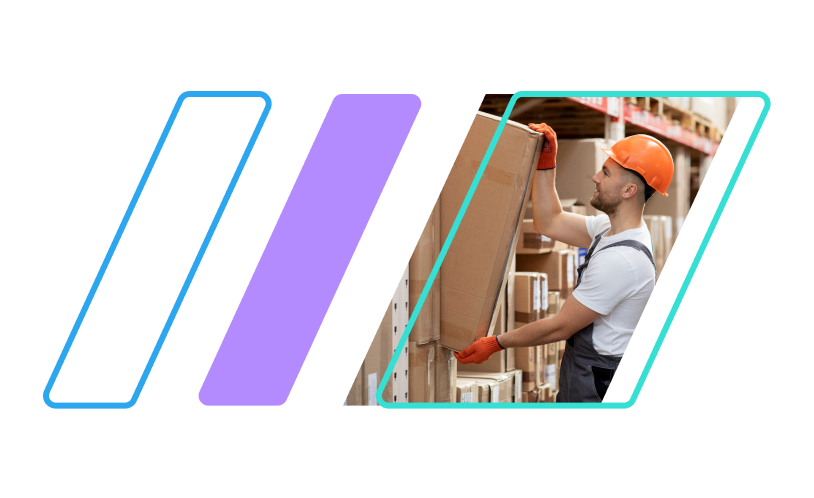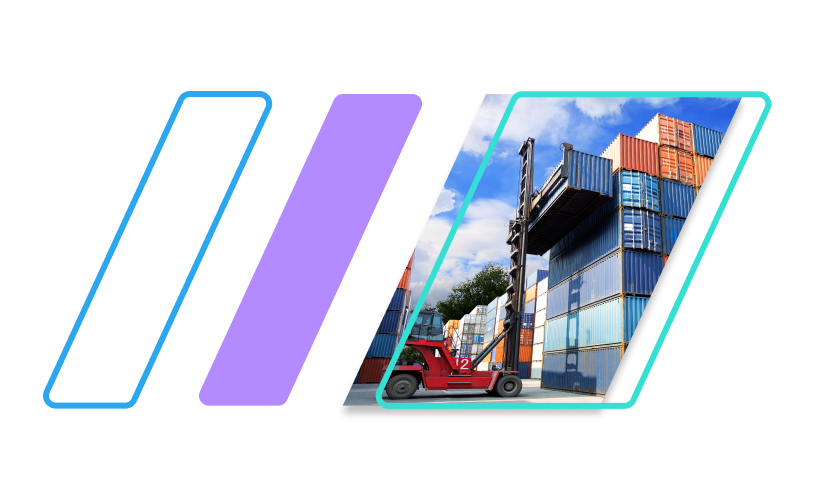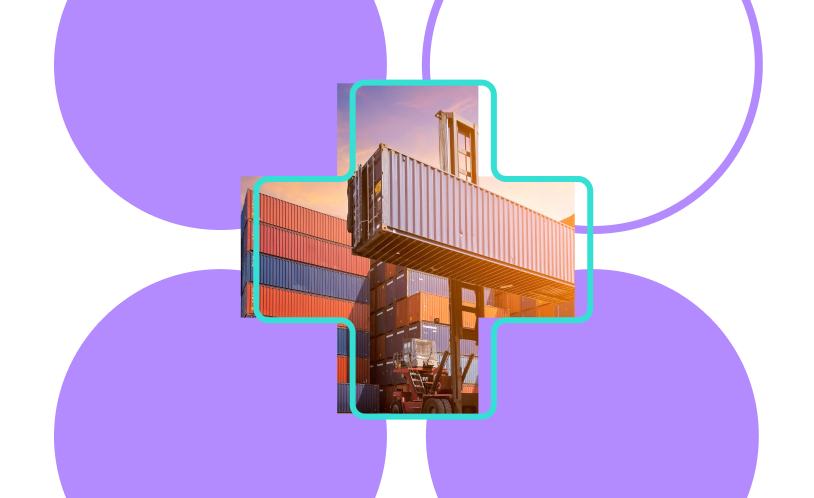I often hear from e-commerce business owners and Amazon sellers when Customs rejects their shipment because of a compliance breach. Many have been importing for many years and have never thought to check for product compliance.
They get a surprise when they find out that it’s their responsibility, not the supplier, to ensure imports comply with the applicable product safety regulations.
So, they come to me to find out more about regulatory requirements, and how they should go about complying with them.
Here’s what I tell them.
Calculate the Cost of your Clearance
Calculate the cost of your customs clearance hassle-free! Here’s a simple and efficient method to estimate all associated expenses, including duties and fees, when importing goods.
“Why did I never hear about this before?”
Let me explain a few things:
- There is no standard ‘compliance check process’ when the goods pass through customs. The US customs only check (i.e., labels and request documents) a fraction of all incoming shipments. But, if they do find issues, they will halt your shipment. If this happens, it’s likely already too late to do anything about it.
- Yet, the real risk is not the customs, but what might happen if your products injure someone or damage property. Imagine that you import power banks, that explode and kill someone. You will be held liable for that – a liability that can easily bankrupt you. This can also happen with less risky products, such as kitchen appliances.
- Amazon.com and other platforms are really stepping up their game. They are standardizing compliance document submission procedures, and getting rid of sellers with non-compliant goods. We saw a lot of this with the Hoverboard incidents a few years ago.
- Further, there are CPSC recalls every single day. I think many small business owners simply underestimate how common this is.
So, the argument that “so many others get away with it” doesn’t really apply. At least not anymore. There is, of course, a huge difference between t-shirts and power banks, in terms of compliance, but you should never neglect this.
Regulatory Requirements By Category
1. Country of Origin Labels
Country-origin labels are, unlike in Europe and most other places, mandatory in the United States. This is why you find the ‘Made in China’ label everywhere.
Trust me, if businesses could get away with taking that out, they would. And some do actually try to get around the country of origin labeling requirements, by assembling part of the product in the United States. That can be acceptable if production does take place in the US. However, labeling a product as Made in the USA is not legal, if it’s actually made overseas and only repacked locally.
There are some exceptions though. For example, watches are labeled based on the movement’s origin. This is why you find ‘Made in Japan’ or ‘Japanese Movement’ on plenty of low-cost watches, that are assembled in China. Good lobbying on the watch industry’s part, I assume.
2. Apparel & Textiles
Apparel and textile products imported and sold in the United States must comply with all mandatory OTEXA textiles labeling requirements.
A few examples follow below:
a. Fiber composition (i.e., 100% cotton)
b. Care instructions/symbols (ASTM only)
c. English language
In addition, the textiles label must also include the country of origin of the product.
When you import apparel from overseas, it’s critical that you provide your manufacturer with a digital label file, in .ai or .eps format.
Never assume that your supplier knows how textiles should be labeled in the US, or anywhere else in the world for that matter. They simply print what their customers send them.
3. Children’s Products (CPSIA)
Children’s products imported into the United States must comply with CPSIA. In essence, this means that the importer must:
Confirm all applicable safety standards (i.e., ASTM F963)
Submit a product sample for lab testing (only to a CPSIA-accredited test lab)
Issue a Children’s Products Certificate (CPC)
Affix a permanent tracking label on each product, and the packaging
Fail to comply with one of these, and your product can be confiscated by US customs. Or, the CPSC can issue a recall at a later point.
Keep in mind that it’s you, as the importer, who is responsible for creating all labels and documents. And, of course, manage the lab testing booking. Foreign suppliers don’t keep track of US regulations. Nor are they responsible for ensuring compliance, as they are not placing products on the US market themselves. Many importers assume that they can simply get some sort of “CPSIA certificate” and shift all responsibility to the supplier. That is not how things work, and you may face the full wrath of the CPSC if you try.
4. Electronics Products
Electronic products are regulated by the FCC. For example, electronic products must comply with the FCC standards that regulate wireless communication.
Your product may also need to carry an FCC mark, that you may already be familiar with.
In addition, there are also voluntary electrical standards that you may choose to comply with. For example, those developed by UL (Underwriter Laboratories). I highly recommend that you do, as you are still responsible for any unsafe product you place on the market. Electronic products are for obvious reasons riskier than other types of products.
5. Chemicals & Heavy Metals
The CPSC regulates some substances, such as formaldehyde, in all products. That said, on a federal level, chemicals and heavy metals in products made for adults are not regulated. As mentioned, this is not the case for children’s products, which are covered by the CPSIA.
But, there are state-level regulations, such as California Proposition (CA Prop) 65, that do apply to all products – including consumer goods made for adults. CA Prop 65 only applies under certain conditions, but I still think it’s wise to consider getting your product’s compliance tested. That way you’ll know if your product contains excessive amounts of lead, cadmium, and other restricted substances.
6. Kitchen Appliances
Importing stainless steel graters or plastic lunch boxes? All products that are in contact with food or beverages, must comply with all mandatory food contact materials regulations.
Food contact material may not:
- Transfer certain substances to the food or beverage.
- Affects its smell.
- Affects its taste.
7. All products must be safe, even if there are no specific standards that apply
There are no mandatory standards that regulate every single aspect of all products out there. However, the essence of product safety is that all products sold in the United States are, well, safe.
If your product proves to, for any reason, be unsafe, the CPSC and other government agencies have the right to issue a recall. This means that you must order your customers to return the product and refund them. Of course, you will not get any compensation for this from the government or your supplier.
Product safety always starts on the drawing board. You must assess if your product, when used in any predictable way, is still safe for the consumer. This is even more of a challenge when designing toys and other children’s products.
“So What Exactly Do I Have To Do?”
So, what does it actually mean to make a product compliant? For most products, it’s a lot simpler than you might think.
Technical compliance / Chemical regulations
- Assess which CPSC / ASTM standards apply to your products, for instance, search for “ASTM standard for baby strollers”, or check out the regulations directly.
- Check whether the product design is compliant, by purchasing an ASTM standard file (which includes technical requirements).
- Try to foresee how the product could injure the consumer, even if the product is not used correctly.
- You must also confirm which chemical and heavy metal regulations (i.e., CA Prop 65) apply to your product. Your best bet is either paying a consultant or checking out Chinaimportal.com articles on chemical regulations.
- You must also specify with your supplier and include in the contract, that your product must comply with certain standards. If not, they most likely will not manufacture a compliant product.
Labels
Create a label file in .ai or .eps format that you send to your supplier before production. They just print what you tell them to.
Document
Buy templates online (for example from ASTM.org) and fill them in. Print, sign, scan, and done. Store them for at least 10 years. This includes the CPC, test reports, and GCC.
Lab testing
Submit samples for testing to an accredited compliance testing company, to find out if the product is actually compliant. After around 1 week, you will receive a test report that you can use as proof of compliance.
I also suggest you read these articles, to learn how you can ensure compliance as an importer:
- Product Regulations in the United States
- Product Regulations in the European Union
- Product Lab Testing in China
- Product Compliance Requirements on Amazon
The revelation that many e-commerce business owners and Amazon sellers are caught off guard by compliance breaches underscores the critical importance of understanding and adhering to product safety regulations. The responsibility for compliance rests squarely on the shoulders of the importer, not the supplier, a realization that often surfaces only when Customs rejects a shipment. This article sheds light on the often-overlooked aspects of regulatory compliance, emphasizing that the real risk extends beyond Customs rejections to potential liabilities arising from product-related injuries or damages.
The discussion outlines specific regulatory requirements across diverse product categories, emphasizing the need for due diligence and meticulous attention to detail. The evolving landscape of e-commerce platforms, exemplified by Amazon.com, is noted for its increased scrutiny and enforcement of compliance standards, further emphasizing the necessity for businesses to proactively ensure their products meet regulatory criteria. The article provides a practical guide, detailing steps such as technical compliance assessments, label creation, documentation, and lab testing. While offering valuable insights for most situations, the recommendation to work with a regulatory consultant for the first-time import of a specific product underlines the complexity of ensuring product safety and compliance in the ever-changing global market.
This advice will steer you clear of problems in most situations. But, there’s a lot to product safety, so I would recommend that you work with a regulatory consultant the first time you import a certain product.
Fredrik Gronkvist is the co-founder of Chinaimportal.com, based in Hong Kong. They provide free online courses, covering product regulations, supplier sourcing, quality assurance and much more. Go to their website www.chinaimportal.com to find out more.



